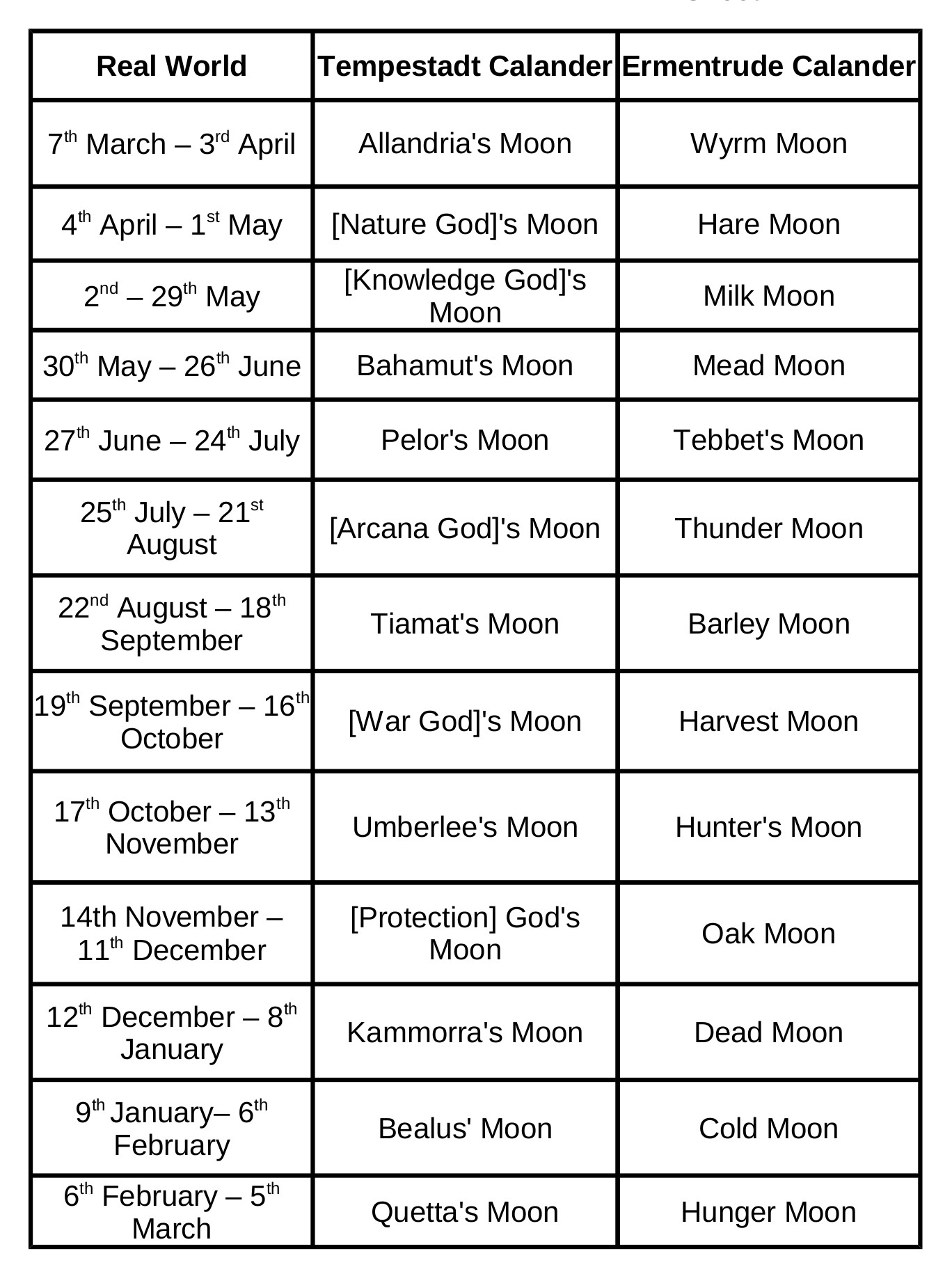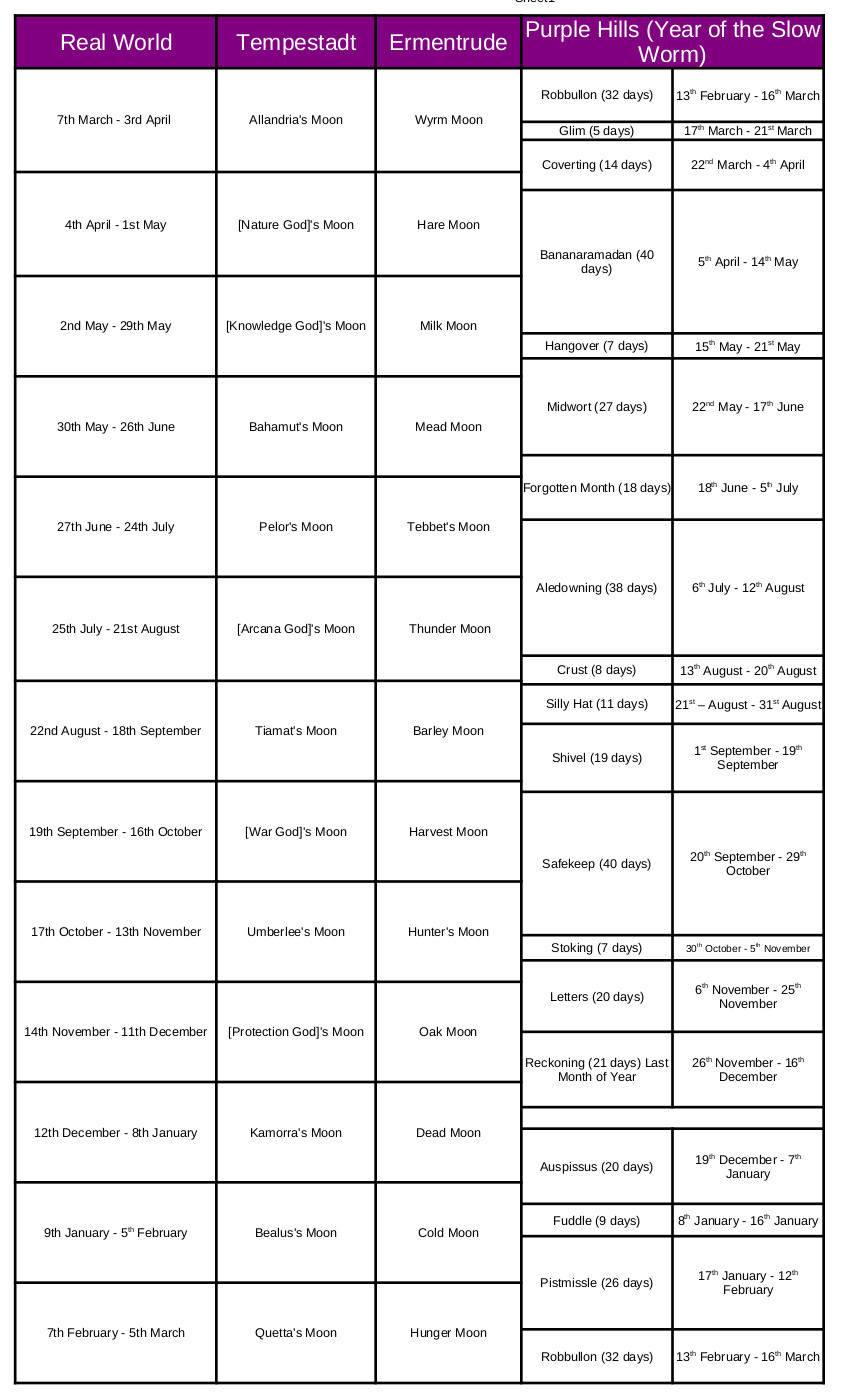Locations
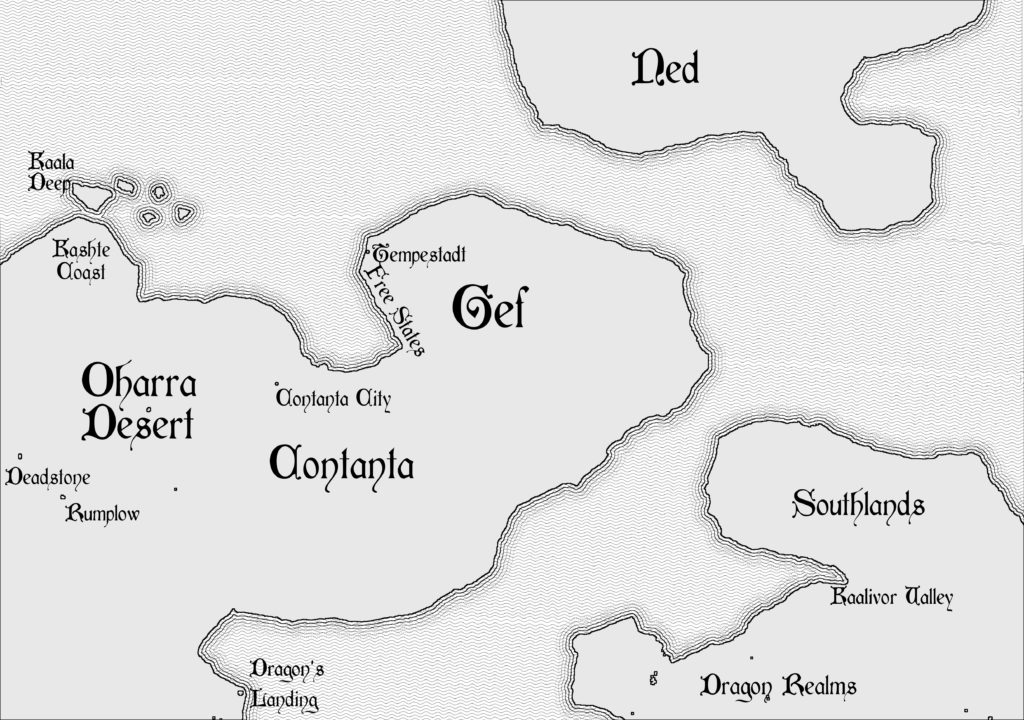
Travel pace is 6-10 leagues a day.
All distances are more or less are the crow flies (except where that would take you across the sea)
Tempestadt to Ermentrude border = 16 leagues
Tempestadt to Dessarine Valley border = 21 leagues
Tempestadt to Greysoak Mountains = 22 leagues
Tempestadt to southern border of Tittspoogle = 434 leagues
Dessarine Valley north to south = 130 leagues
Tittspoogle southern border to Contanta City = 591 leagues
Contanta City to Kashte Coast = 1205 leagues
Contanta City to Deadstone = 3502 leagues
Contanta City to Dragons Landing = 244 leagues
Tittspoogle southern border to Straight of Levann = 1145 leagues.
Below is a map of Taranis overlaid with a real world map for comparison purposes.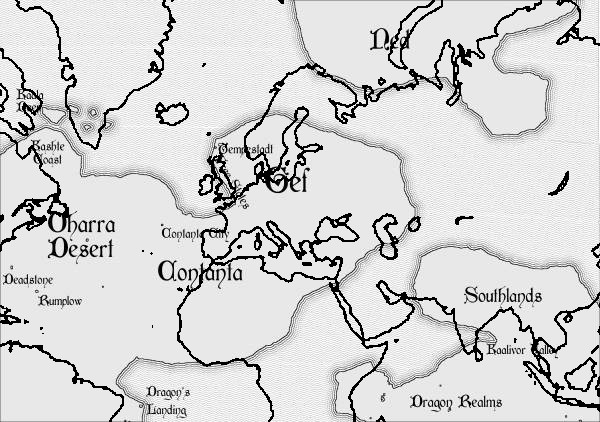
(1 league = 3 miles)
The Kingdom of Gef stretches to the East of the Free Cities.
It is rumoured to have expansionist desires for some of the more affluent areas outside their borders, such as Tempestadt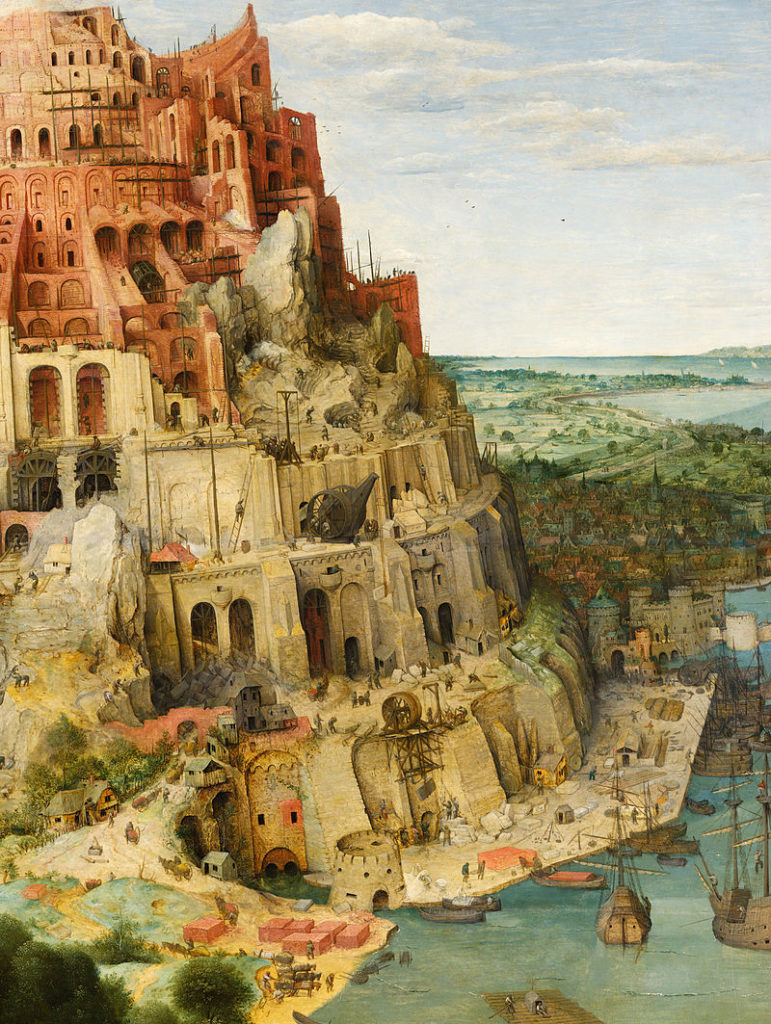
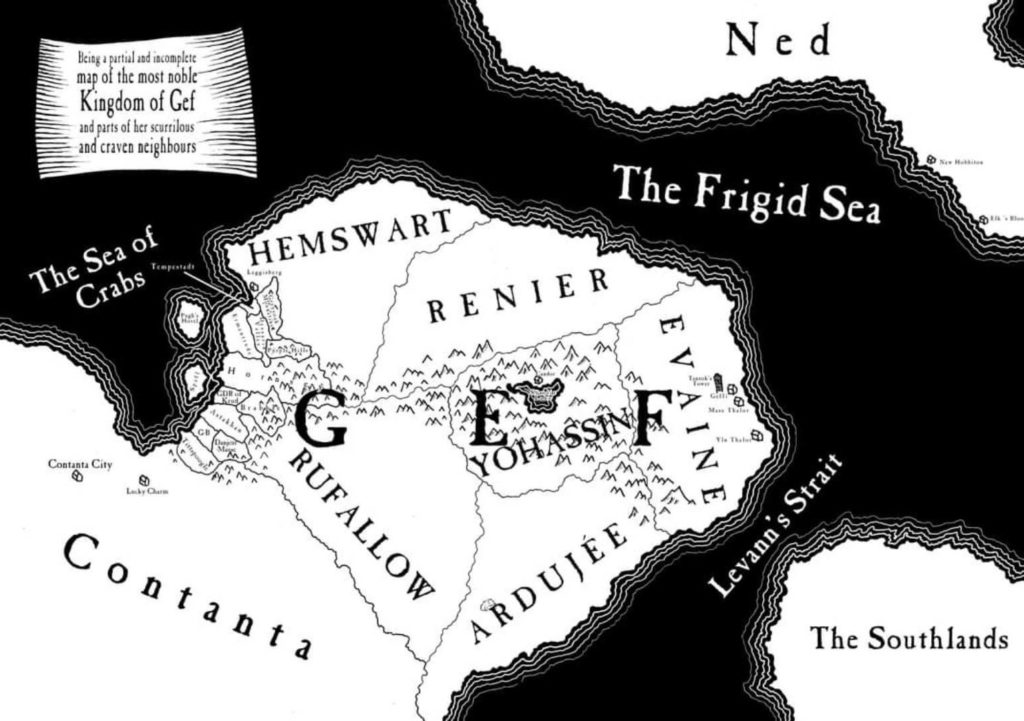
"On second thought, let's not go to Leggisberg. Tis a silly place."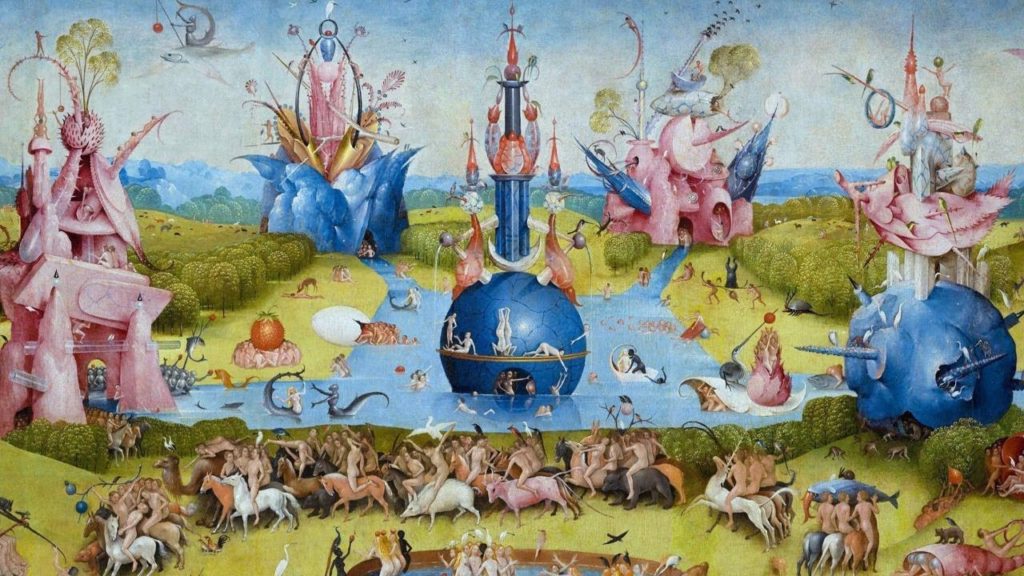
A loosely aligned collection of kingdoms ruled by dragons.
Its multicultural, but many dragonborn call it home.
There's an Order of Knights that help keep peace and order amongst the dragon realms called the Order of the Golden Claw.
One of the kingdoms is called Larran, and its ruled by a Silver Dragon called Veldora
Knights of the Golden Claw
The Order of the Golden Claw represent the best warriors of the Dragon Kingdoms, a collection of losely aligned states to the south of Gef.
The Order is not aligned to any one Dragon King but to the peace of the realms itself. They have a strict code of honour and will rally against anyone, king or pauper, deemed to break it. Their Coat of arms is a yellow or burnished gold dragon claw.
To the north of Tempestadt, forming a border between Tempestadt and The Kingdom of Gef.
Home to barbarous humans, orcs and various degrees of crossbreeds between the two.
The Southlands represent a large, sparesly populated forrested area, notable for communities of Elves and Halflings.
Island home of a band of half elf pirates. Situated off the Kashte Coast. Descended from the elf Garvit Sahng and his human hareem, many half elves have since flocked to the colony. Currently ruled over by Patrick Sahng, grandson of Garvit.
Area populated by elves and half-elves.
Prairies dotted with independent towns and city states, the largest and most influencial of which is Contanta City. In the land between towns and cities lawlessness runs amok. The region of Contanta is patrolled by the Contanta Marshals, a law keeping force comprised of representatives from the different cities.
Large arid region dotted with small town states whose law only extends as far as the town boundaries. Principal towns are Lulu and Deadstone.
The Oharra is home to several halfling committees.
The free states are a jumble of duchies, theocracies and other realms which by banding together in a loose coalition have thus far managed to resist the advances of Gef.
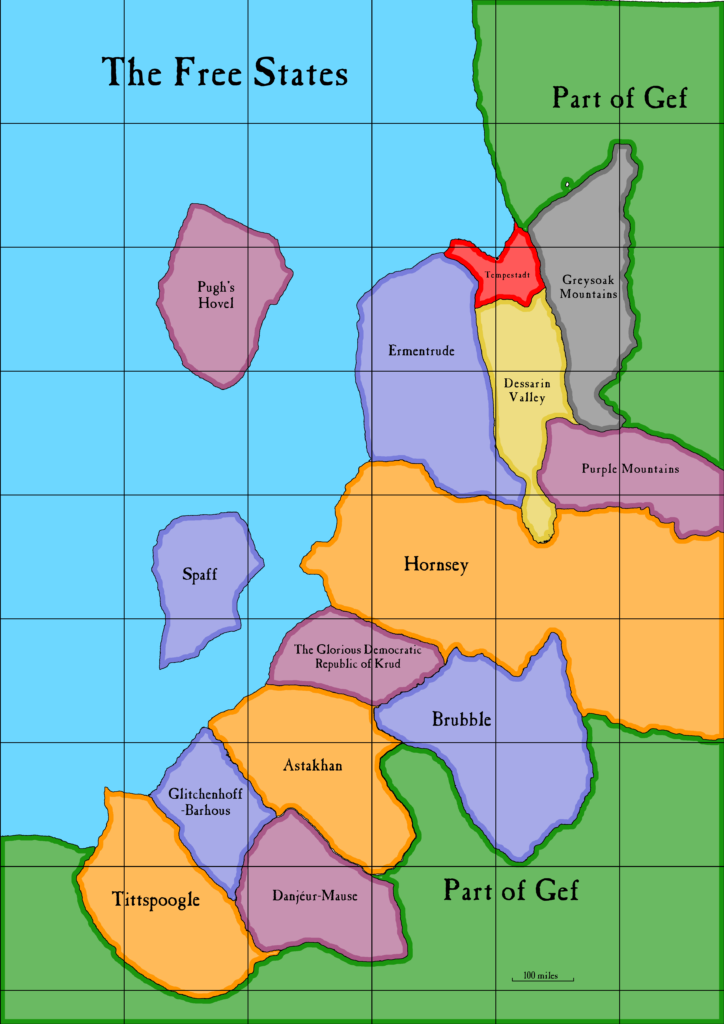
Location of the Battle of Larch
Tempestadt is a bustling fishing town, famous for the quality of it's crabs that are sold each morning in the busy central market
The town was purported to be founded on the site of a battle where a blue dragon was slain long ago, giving it it's rather unusual name. Whether this is true or not is a matter of much debate among the followers of the town's dragon worshipping cult and non-believers.
Due to the fine quality of it's crab meat (a delicacy amongst the upper classes) and the number of ships stopping to trade at the port, Tempestadt has become very prosperous in the last few years.
The town is ruled by a duke, who is rarely, if ever seen. However his proxy, local taxman Terry Grimwald is a familiar (if unwelcome) face on market days, where his appearance elicits groans of disdain from market stall holders unhappy with the high taxation.
Buildings in the town are dwarfed by the Duke's sturdy, if small, castle that overlooks it from the east. The only building to come close is the old bell tower by the central market.
Most citizens in Tempestadt spending their time trading, working the docks or the fishing boats, or farming the land around the town walls. The highlight of the calendar is Dragon's Day where feasting, fireworks, and irresponsible levels of drinking leads to townsfolk dressing up in makeshift dragon costumes and running around the streets at night, banging into things and giggling to each other. This is of course greatly looked down upon by the Dragon worshippers.
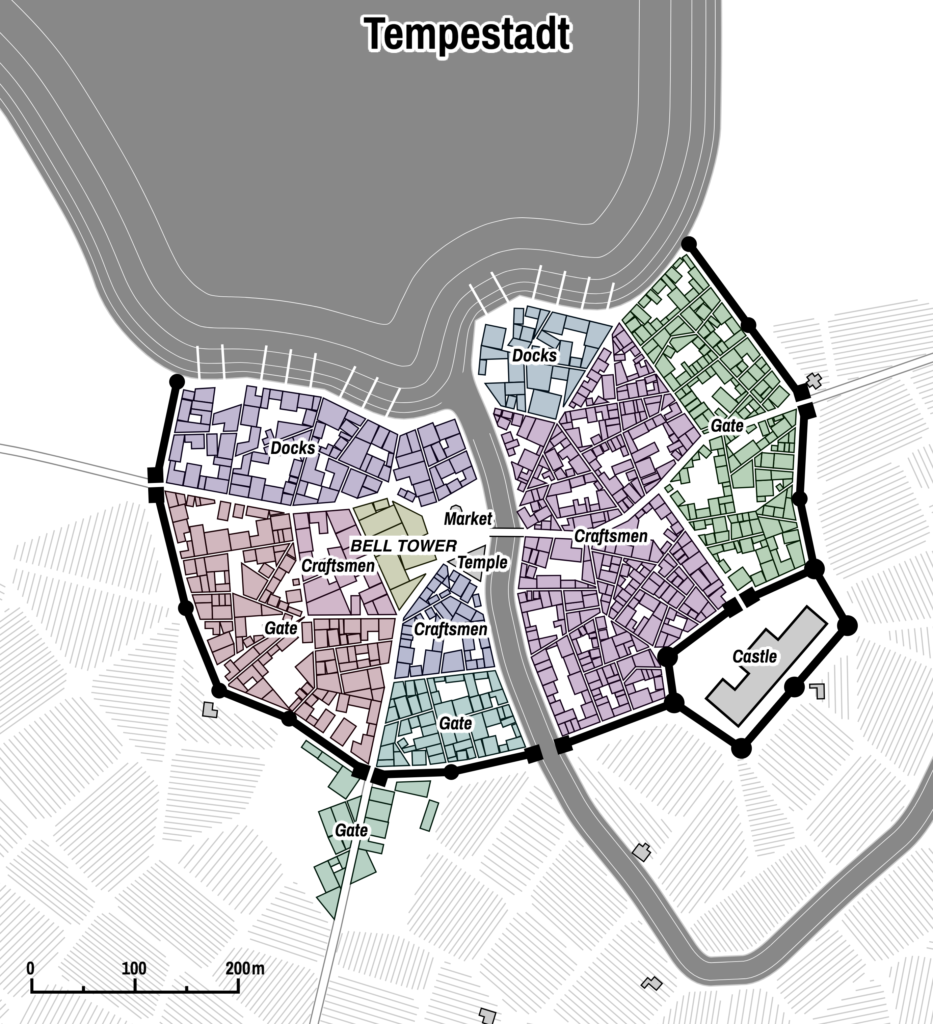
Temples
Cathedral of the Sun - place of worship for Pelor.
Temple of the Dragon King - place of worship for Bahamut.
The House of the Lesser gods - place of worship for (unsurprisingly) Lesser Gods.
The Shrine of the Bitch Queen - hidden place of worship for Umberlee.
Traders of Tempestadt
Ruck'zan Bara
Beyond the Veil
The Cautious Adventurer
Alfreya's Elixirs
Rumours
“If you want crabs, go to Tempestadt! ..and ask on the docks to see Elizabet..”
“I heard the Duke of Tempestadt had an affair with a serving girl and the resulting child had 8 limbs!”
“Betty's crabcakes are best, but only because of a 'special' ingredient”
“The Duke isn't really the Duke, he was swapped at birth”
“Duchess Amelia has a longstanding feud with Lady Elsbeth of Leggisberg, dating back to when they grew up together in the Royal court”
“The Kingdom of Gef has eyes on Tempestadt, I wouldn't be surprised to see it make a move”
“I heard that the Duke fed the Duchess to a dragon in a demonic ritual then had sex with the Dragon and was cursed, and ever since no one has entered the castle.”
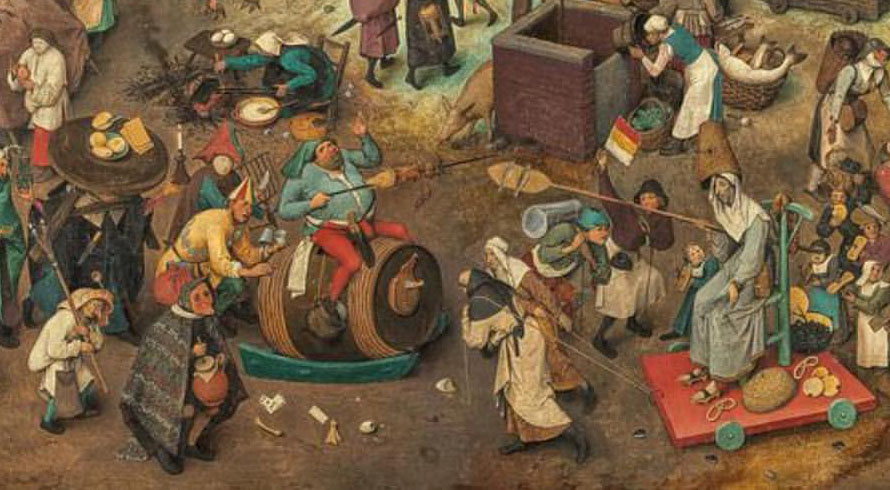
A standard day in Tempestadt
Leroy Pickles is king. They form the southern border of Gef (or at least part of it). Populated by dwarves. The capital is Nero.
A theocracy in the free states. A number of counties comprise the Arch-Bishopric of Ermentrude. Devoted to the worship of a sanitized version of Tebbett.
Largely forested.
Towns and Cities of Ermentrude
Widdleton-Under-Hill
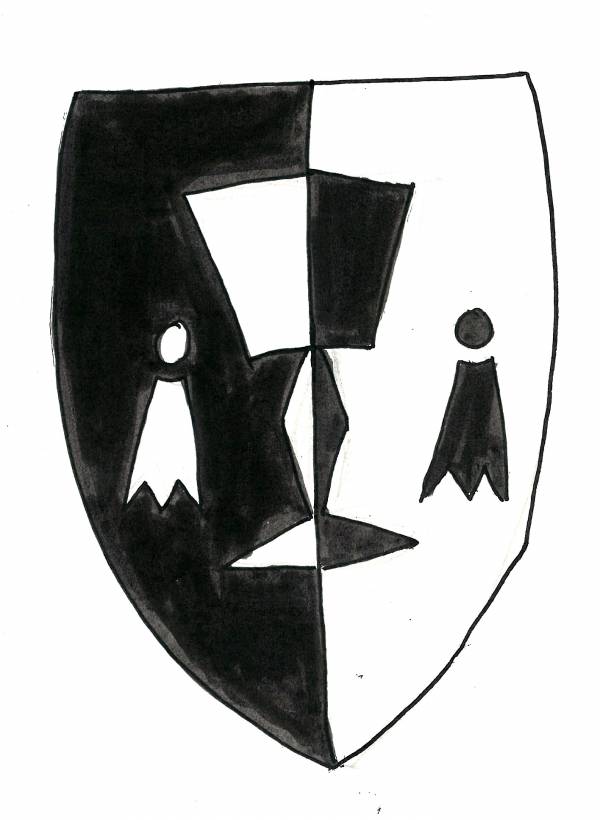
On the boarder between Ermentrude and Tempestadt the river Ænt runs into a low depression where it becomes for a time the Æntwynd Marsh. For several years bullywugs frequented this area making trade between the two countries difficult, recently though these seemed to have disappeared.
Current Date
As of the Widdleton crew leaving the Aentwynd Marsh having dealt with the Bullwugs, and the Temepestadt crew having emerged from the palace crypts having killed the abomination in the dragon skeleton the date is:
6th Day of Queatta’s Moon 2018 - Tempestadt reckoning
19th day of Pistmissle in the Year of the Slow Worm - Purple Hills reckoning
Days of the Week
Through out most of Taranis a week consists of seven days which are generally known as follows:
Monday
Tuesday
Wednesday
Thursday
Friday
Saturday
Sunday
Nobody is quite sure where these names come from but they seem to work fine, so it is generally considered there is little point changing them.
Months of the Year
Most of Taranis runs off an almost universal calendar. A solar year consists of 13 months, each of 28 days, which align exactly with the moon's phases. Each month is dedicated to a God or Goddess, there is some regional variation in what Deities are honoured in this way but many months are universal across much of Taranis, the calendar of Tempestadt is a good example.
Some regions differ from this method, notably Ermentrude who forbid the worship of any god except Tebbit, and the Purple Hills, who go a step further and deny the existence of any gods except Bananarama (see Religion). Ermentrude's calendar closely follows the standard model, but the months are named after more abstract concepts. In the Purple Hills the calendar is more complex and varies from year to year. The exact dates are calculated by some arcane and esoteric method by the High Priests and are announced at the end of one year ready for the next. Purple Hill months can vary in length from as little as 2 days to as many as 40, some months feature in most years, some are only seen once every hundred years or so, the one except is Bananaramadan which appears every year, always in late spring and always lasts for 40 days. Purple Hill years vary slightly in length and begin and end in midwinter (as opposed to the Early spring new year celebrated by most of Taranis)
Years
Through out most of North and West Taranis the Common Era is used as a marker for the years, the start of which is marked by the arrival the Elves in this area.
In the Purple Hills the years are named individually, again no one is quite sure what method the High Priests use. The previous few years (and the Commen Era equivalent) are as follows:
The Year of the Lost Star - 2013
The Year of the Sloth - 2014
The Year of the Cabbage - 2015
The Year of the Eternal Waters - 2016
The Year of the Goat - 2017
The Year of the Slow Worm - 2018
